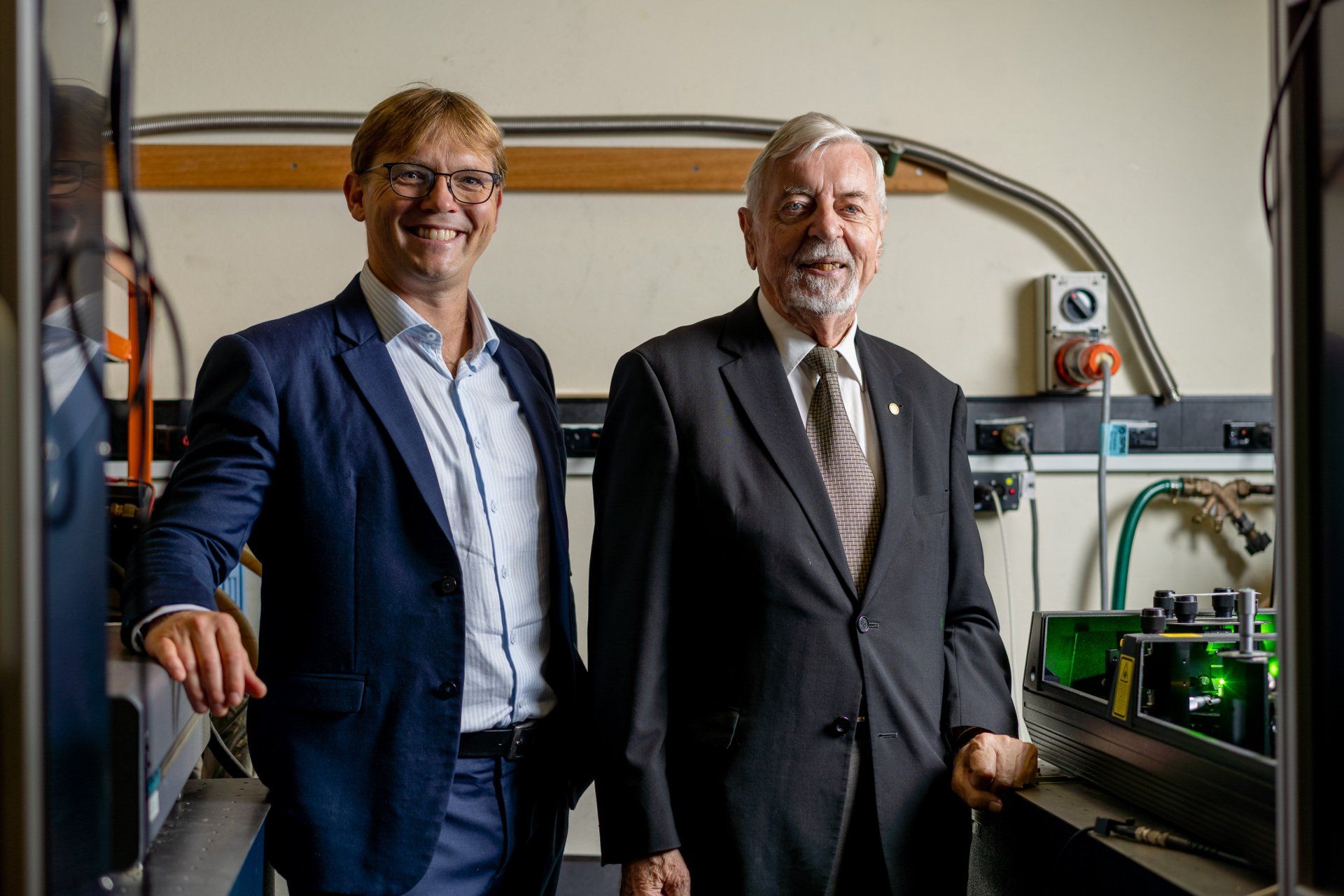Sovereign nuclear fusion energy capabilities soon to become a reality for Australia
Australia’s first laser fusion energy company to develop the next-generation high-power lasers needed to create a multi-billion-dollar nuclear fusion energy industry and export this capability to the world.

The HB11 Energy project forms part of a $50 million Trailblazer grant awarded to the University of Adelaide and University of New South Wales under the “Defence Trailblazer for Concept to Sovereign Capability” bid. It comprises a $6 million grant and $16 million in contributions from partners.
HB11 Energy will assist with the proof-of-concept and development of new petawatt laser technology that is suited to generating hydrogen-boron fusion.
Hydrogen-boron reactions provide large-scale power for base-load grid electricity or hydrogen generation, using fuels that are safe and abundant. This fusion approach creates insignificant amounts of short-lived waste because it does not generate neutrons in the primary reaction.
The project supports a key element of HB11 Energy’s technology roadmap towards creating clean, safe, and reliable energy at better prices and in greater abundance than all existing renewable energy sources combined.
Creating this capability on home soil would also re-establish Australia as a leader in fusion technology, after Australian physicist Sir Mark Oliphant (who coincidentally studied physics at the University of Adelaide in 1919) first experimentally demonstrated nuclear fusion by splitting the atom in 1932.
The $22 million project is of critical importance not just to HB11 Energy, but all industries and companies working on technologies dependent on high-powered lasers: biomedical engineering, quantum computing, semiconductor manufacturing, and proton and related medical therapies.
Nuclear fusion energy, and all of the other industries set to benefit from this laser technology, could create tens of billions of dollars of economic value for Australia, according to HB11 Energy.
Dr Warren McKenzie, Founder & MD of HB11, said: “We could not be more pleased with the outcome of this grant, and to have supported the submission made by the University of Adelaide and UNSW.
“The nuclear fusion energy industry alone could create billions in economic value for Australia, as long as we continue to see significant investment from Australian investors and governments.
“If HB11 Energy’s research program is successful, it will place Australia at the heart of an industry deploying the only truly safe, scalable, and extremely low-cost future energy.
“On this journey, there is also a new multi-billion dollar industry to be built in both manufacturing these lasers and developing their applications in industries such as clean energy, health, manufacturing, quantum computing, and many others. This Trailblazer grant opens a fantastic opportunity for Australia to lead these new industries and capture new advanced manufacturing opportunities that will grow from them.”
Earlier this year, the Morrison Government released its ten-year $2.2 billion University Research Commercialisation Action Plan, which focuses Australia’s considerable research power on National Manufacturing Priorities. The Action plan included an initial $243 million for four Trailblazers.
An additional $119 million was invested for two more Trailblazers through the regional accelerator program announced on Budget night.










